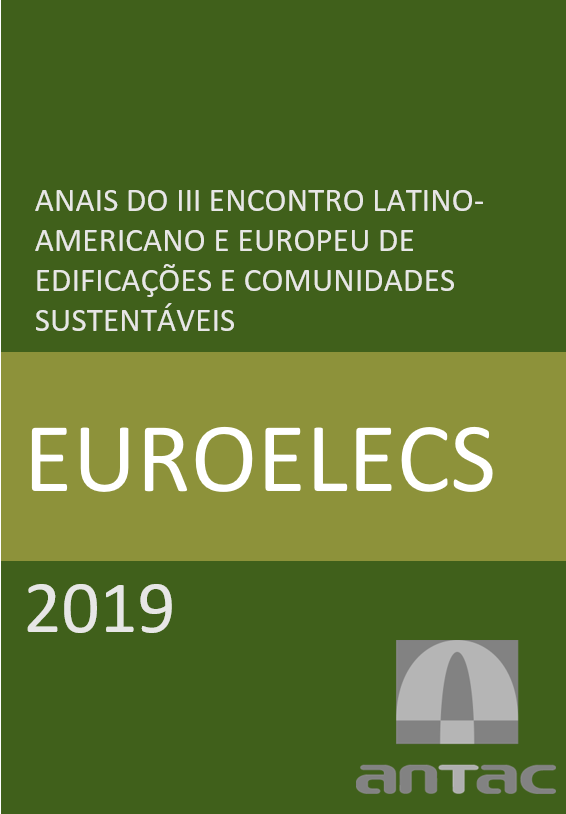TEMPORARITY IN URBAN CONTEXTS REDEVELOPMENT
Keywords:
Degraded areas, urban farm, ecosystem qualityAbstract
Italy is dotted with numerous sites previously used that are potential asset for new uses, subordinated to their rehabilitation. These areas are also a heavy inheritance because very often the previous anthropic activities have strongly compromised the ecosystem quality. The consequences are even more worrying, due to the fact that often these sites are located in densely populated urban areas. On this matter, in order to find an alternative to the mode! that was imposed in the last century, all the interventions concerning the recovery of areas - affected by previous human activities- must be tackled on the way of rational use of resources. It is true that the time that passes between the old and the new intended use, the so-called “middle time”, is often long and not always controllable, so it happens that abandoned places become a burden for the balance of a community. Through public-private agreements these spaces can be returned to the community for the realization of low-cost activities and projects that can quickly restore the compromised relationship between users and public spaces. There are numerous experiences that propose more complex urban regeneration strategies in which unused spaces become a resource for the city providing a quick response to user needs in terms of space availability and increase in quality of life. In this regard, the paper examines two international case studies relate to urban redevelopment projects in different geographic areas that share aspects and choices according to the logic just mentioned. The critical examination of this cases studies allows significant considerations on the use of nature in managing the impermanence of urban transformations and represents the starting point for proposing innovative urban regeneration strategies aimed at improving ecological and environmental performance and reaction capacity in the context of the delicate relationship between natural and built environments.

